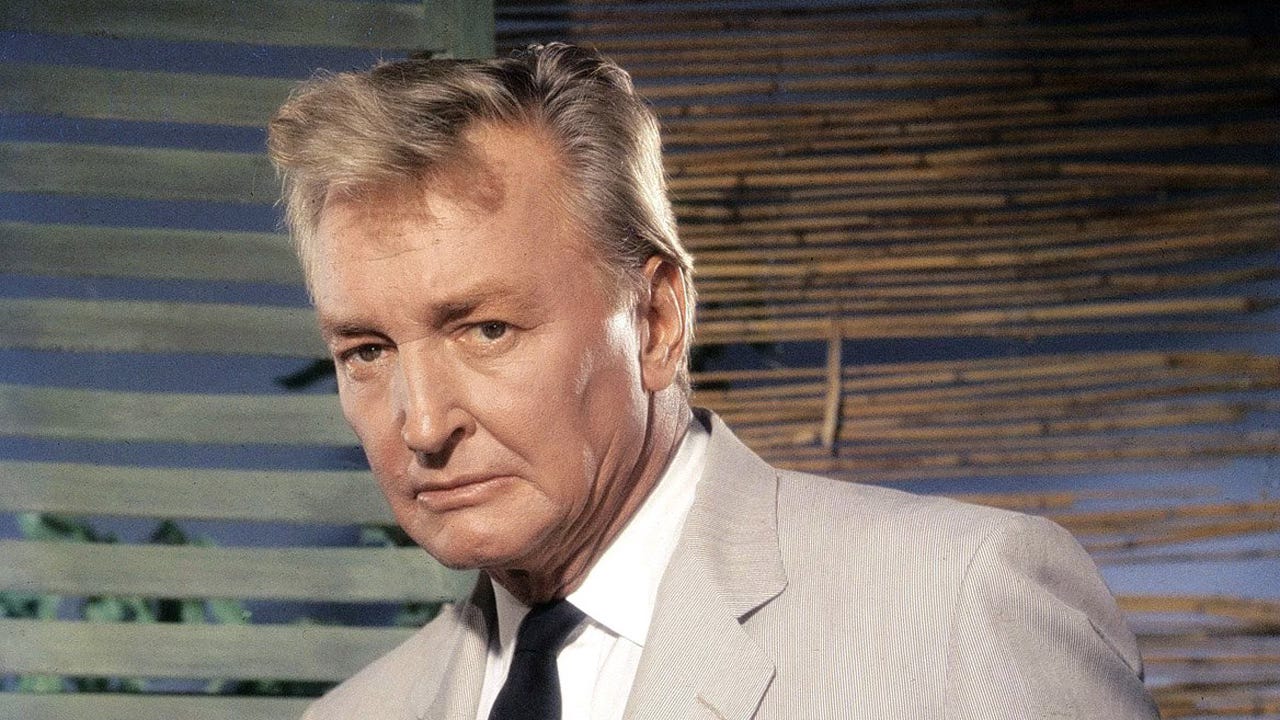
Ernst Heinrich “Teddy” Stauffer (May 2, 1909 — August 27, 1991) was a Swiss bandleader, musician, actor, nightclub owner, and restaurateur. He was dubbed Germany’s “Swing-king” in the 1930s and “Mr. Acapulco” from the 40s onwards.
If you aren’t subscribed yet, hit the subscribe button below to receive the Adorable Stories every weekend, directly in your inbox:
Early life and career
Ernest Henri Stauffer was born in Murten, Switzerland on the idyllic Murtensee, twenty minutes by car from the state capital Bern, in 1909.
As a student, he played violin and saxophone and, in admiration of the new American jazz bands entering the music scene at the time, he founded a jazz band in 1927: Teddy and His Band.
The young musicians designated a Teddy as their mascot, which was intended as an allusion to the famous Bernese bears.
Teddy promptly become Ernest’s nickname, and remained so for all his life.
Their first performance was at the Caféhaus-Kapelle in Gleiwitz.
After many engagements on cruise ships around the mediterranean, their popularity in Germany reached its peak in 1935-36.
In 1936 Elfriede Scheibel, the owner of the renown Berlin “Delphi palace”, signed them for a four-month resident band contract, from July to October 1936.
This guest performance justified the reputation of the Delphi as a proper stage for swing musicians.
The Teddies’ annual trips to St. Moritz and Arosa, and also a guest appearance in London, cemented their international fame.
Until 1939, Teddy appeared with his original Teddies Band all over Germany, and especially in Berlin and Hamburg.
With his jazzy swing music, however, Teddy and his band increasingly got into trouble with Germany’s strict Reichsmusikkammer which actively tried to suppress all “degenerate music”, deemed not compatible with Arian standards, including jazz & swing bands.
In 1939 the band travelled to the opening of the National Exhibition in Switzerland, replacing the Jimmie Lunceford Orchestra, which withdrew because of the impending war in Europe.
WWII
Hitler’s attack on Poland in 1939 surprised Stauffer and his band during a concert tour in Zurich: from one day to the next, Teddy’s band was history.
In Berlin, full mobilisation was immediately ordered: the German musicians of the Teddies were drafted and had to immediately leave Switzerland and return to Germany.
In Switzerland, Teddy took part in the scoring of the film Margritli und d'Soldate (Marguerite and the soldiers) in 1940-41: the Margritli-song (clip above), interpreted by the Schmid family, became a big success in Switzerland.
With a band composed of predominantly of Swiss musicians, Teddy Stauffer attempted to tour around Europe before he decided to move to the USA in 1941.
Eddie Brunner took over the band, which would never be the same without Teddy. After a few months, the band slipped into musical insignificance.
Losing the band was very sad for me.
— Teddy Stauffer
When his residence permit in the USA expired, Teddy fell for a trick that was very popular among immigrants in California at the time: he traveled over to Mexico for a few days and then applied for a new residence permit at the US consulate of the border city of Tijuana.
But the American consular officers did not like the multiple stamps with the swastika on his Swiss passport from his touring days in Germany: while he was in Tijuana, Teddy Stauffer’s visa was put on hold as he was told to be patient while his position was reviewed in Washington.
But after a few weeks, Teddy lost his patience and decided to abandon his idea to move to California and rather stay indefinitely in Mexico.
A new adventure: Acapulco
Almost accidentally, Mexico became Teddy’s second home.
Keep reading with a 7-day free trial
Subscribe to Adorable Times’ Newsletter to keep reading this post and get 7 days of free access to the full post archives.





